Bhavana Vyas Vipparthi and the Mixed Media Monster
Posted by Remya Padmadas on April 30, 2018
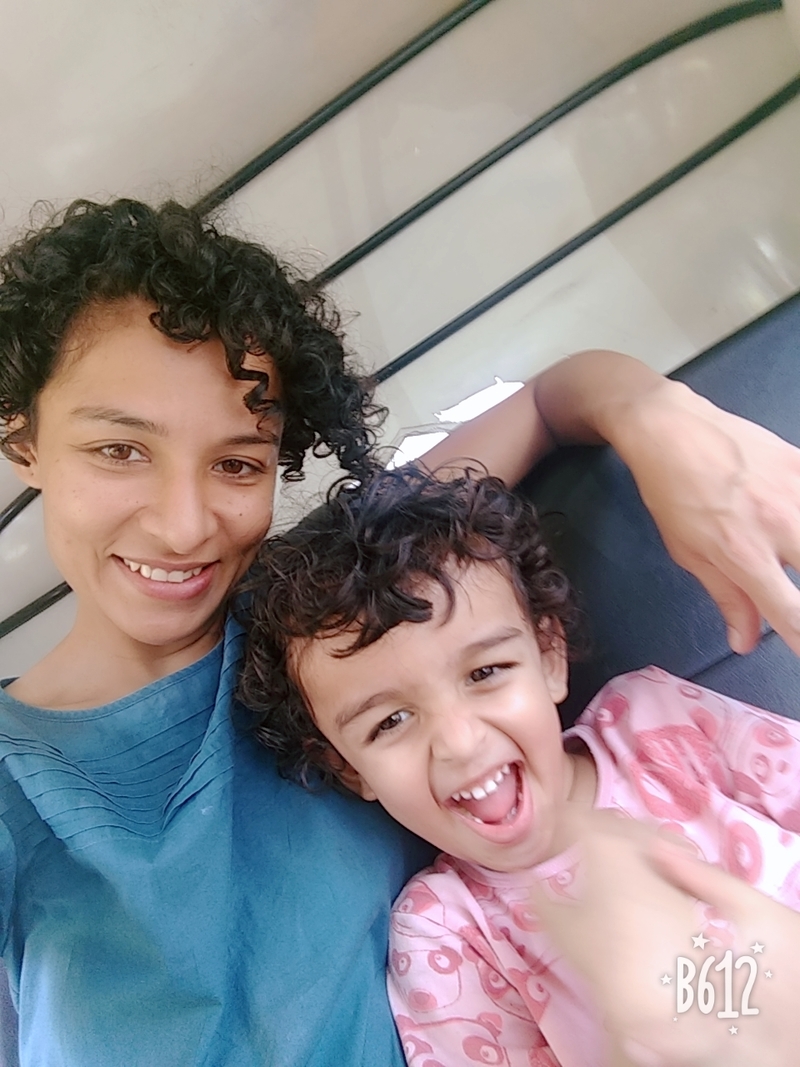
Bhavana Vyas Vipparthi, has lived and studied in Bangalore all her life. Having finished a Fine Arts course at Srishti, School of Art Design And Technology, she went on to do a masters in animation film design at NID in Ahmadabad. Her mind is now consumed by her terribly talkative three and a half year old son and perfect dog. She makes up a million stories a day to stay sane. You can find her work on https://vimeo.com/
Graphic Designer Vriddhi Chaudhry had some questions for Bhavana about her work in mixed media, and her ideal 'art day' at home and shared them with her over email. Here are Bhavana's answers.
1.How did you develop your personal style? Have there been any significant events or projects that led to this development?
I have always been comfortable working with mixed media. If given a free reign without any client restrictions on style and treatment, the mixed media monster always takes over the playing field. From my diploma project in Art School (a wordless picture book) to animation art-boards that followed , the wonderful play of drawings, cutouts and reality has always excited me.
2. What is your creative process like? Are there any practices you follow during when creating?
I usually always start visualizing any project, be it an animated spot or a book by making really rough thumbnails of the ideas that come into my head. Just quick doodles to get the initial images and scenes down on paper. Some pages in the book haven’t changed at all from that early initial doodle, while others have completely transformed.
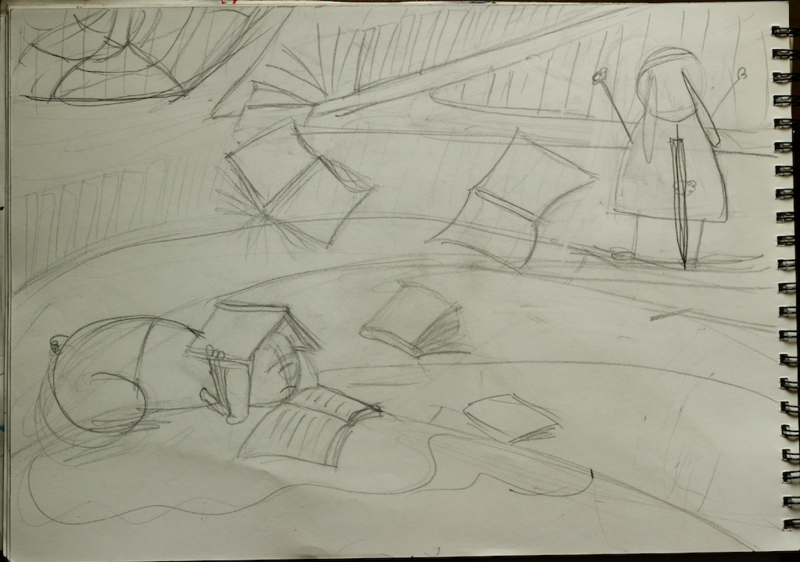
After that I work out what the characters will look like, and their environment. This takes a lot of scribbling and ideating. When I have come to a place that I am happy with, I make a final storyboard of the book. Then I start to gather my materials. Different kinds of paper, leaves to be shot etc. The final page layouts are final drawings of the whole page, made from the client approved storyboards. They are made to the print page specifications, as this also works as my template of the cutouts. Using these as a guide I make cutouts for each page. The characters, roots etc are made in parts, painted in, and I stick them onto OHP sheets to keep them organized by pages. Some parts are really small and tend to get lost. These sheets are then photographed, cleaned up and composited with all the other elements(backgrounds/leaves) on Photoshop.
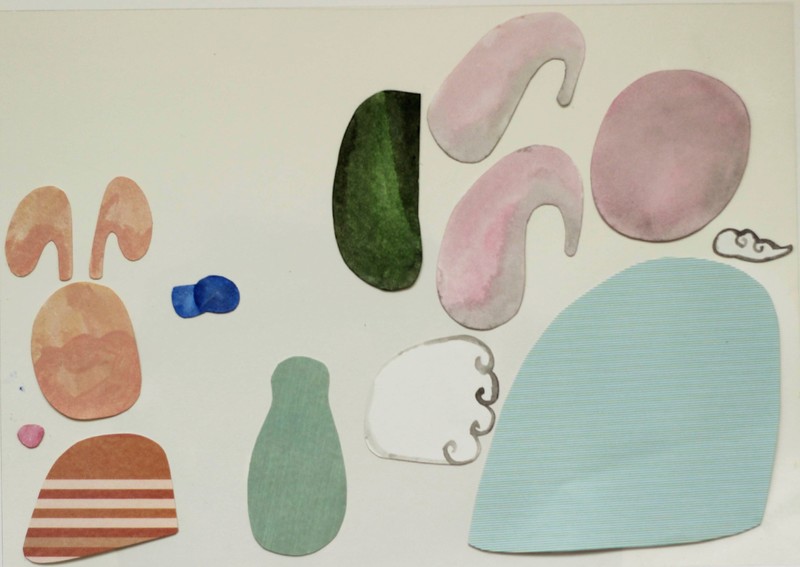
3. What is the most challenging part about being a mixed media artist?
I can usually see how the end result will look as I start to doodle. The challenge is to convince the client about your idea. Fortunately I had a wonderful editor who was not only incredibly patient, but also gave me her total confidence. I had a great time making the art for "Absent minded Ajja" thanks to Bijal.
4. What was your inspiration for Absent-Minded Ajja? How would you say your surroundings have influenced your work in Absent Minded Ajja?
When I read the story, I know I wanted to make them more then just a regular family. I wanted to have fun and make it a bit quirky. Ajja is dressed like my father, in a kurta pajama, but I added the beard in last minute to make him a bit more lovable. The things around the burrow are inspired by things my son is into right now. Crayons, the golf ball (which is an asteroid at home) and the broken fork etc, were things I thought Sujju would like to collect. I love ferns and mushrooms and plants and bits of all these things are in there.
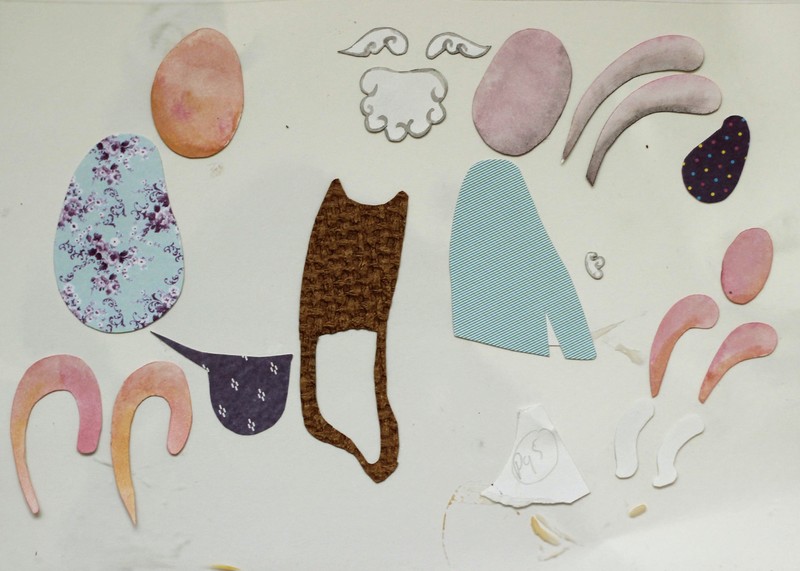
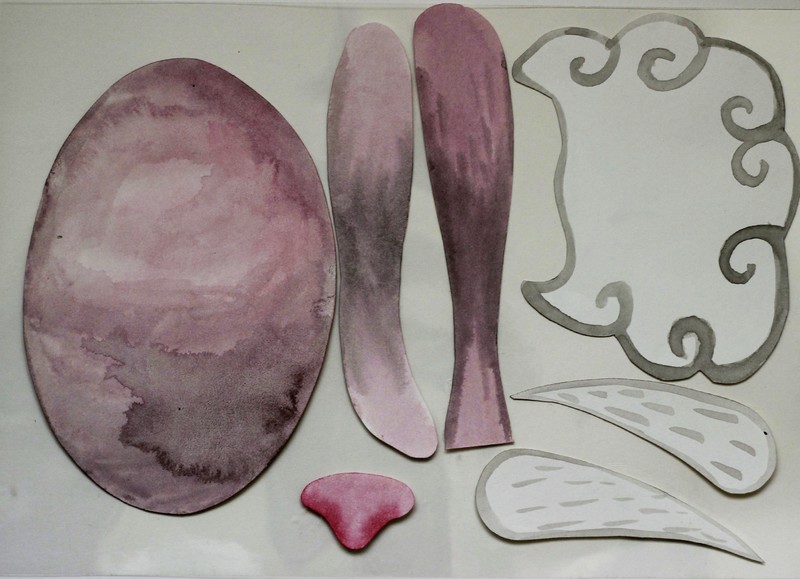
5. How do you go about selecting texture, materials and patterns?
All the leaves in the book are from a picnic we had in Lalbagh. I just filled up a small bag and took pictures when I got home. The clothes of the rabbits and the roots are different kinds of paper. I have a big soft spot for all kinds of paper, handmade/recycled/printed…anyt
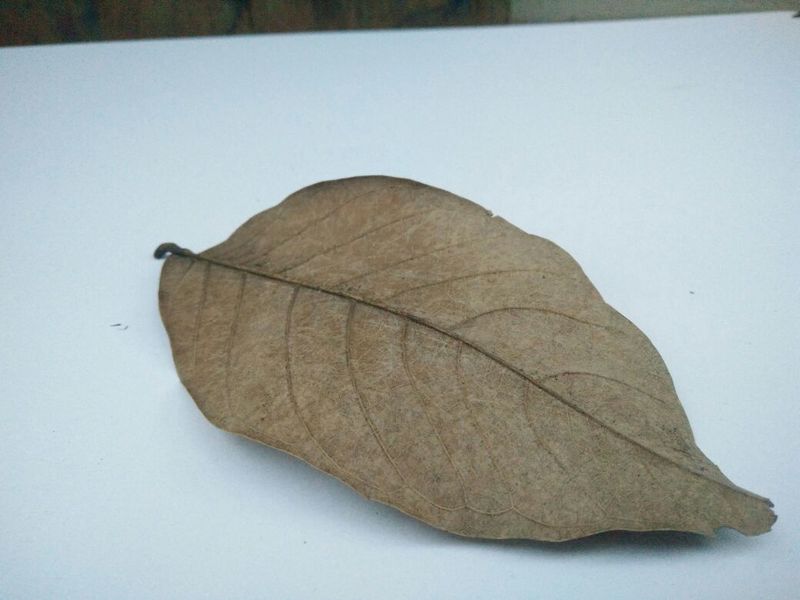

6. Often working in an organization gives you a supportive feedback system. While working by yourself what criteria do you use to critique your work?
Funnily enough, my three and a half year old was my constant critic for the art on Ajja. He would ask about what was happening on each page and narrate the story back to me as I worked on Photoshop. My husband is also an animator and artist, and an approving nod from him is always hard-earned, so that keeps me on track too.
7. What is the one thing you learnt while working on Absent Minded Ajja?
Working within the constraints of a story while setting up your own challenges was a good learning experience on the book.
8. What do you hope to accomplish with your work?
I love children books. I buy lots of them mainly for the art. Now I end up reading the same ones a 100 times over to my son. I really enjoy the ones where there are many things to look at in a page and every-time you revisit them they seem new.
9. If you could imagine the “perfect art day” for yourself, what would it be like?
The perfect art day is an impossible dream for me right now. With a home schooled toddler in a small nuclear family, time management is my biggest enemy. I really struggle to juggle all my mom jobs and get enough time to do everything else. But a perfect art day would be to just sit undisturbed and get lost in the job with a few hours in-between of paper shopping.
Be the first to comment.
The story book : the best ground where all the children of India can meet
Posted by Remya Padmadas on September 16, 2016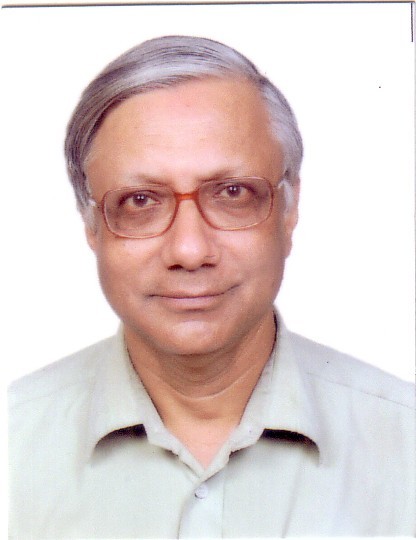
Sukanta Chaudhuri is Professor Emeritus in the Department of English, Jadavpur University, Kolkata. Besides his academic work in Renaissance studies and textual scholarship, he has translated widely (chiefly from Bengali to English), and writes and campaigns on urban, educational and environmental issues. In the digital world, he has looked after many projects of electronic archiving and their dissemination, including the immense Tagore online variorum, ‘Bichitra’.
I am excited by StoryWeaver’s ‘Freedom to Read’ campaign. India, young and old, wants to read but is so often unable to do so. So many of our countrymen never had the chance to learn to read: some children are still missing out on the opportunity today. If they do learn their letters, they often do not find the material to keep up their reading, and may even lose the skill. This robs them of their rights as citizens and humans, and depletes the nation’s human resources.
What I find so exhilarating about ‘Freedom to Read’ is that it is a genuinely free and broad-based campaign, trying to make reading material available to children in every possible way: through print, through electronic media, even in audio form where reading material is unfeasible. In particular, they have very astutely chosen to extend their presence on the Internet. The smartphone is the fastest-spreading piece of technology in India, and the most democratic. Over 50 per cent of Indians have mobile phones; an increasing proportion of them are smartphones, and if an adult in a family acquires one, sooner or later it will reach the children. Even more important is the attempt to spread the word – quite literally! – through group Internet sessions in schools and community centres. In a different direction, it is immensely heartening that StoryWeaver is also reaching out to non-scheduled, ‘minority’ languages whose speakers might number lakhs or millions.
I look forward to the day that the ‘Freedom to Read’ campaign, and others like it, will not only afford our children material to read as much as they want, but let them discover the joy of reading. Even the children of privileged families lose that joy by being made to read under compulsion at school. The story book – and that includes real-life stories and stories from nature – is perhaps the best ground where all the children of India can meet.
Be the first to comment.Meet Maharani Aulia
Posted by Remya Padmadas on June 12, 2017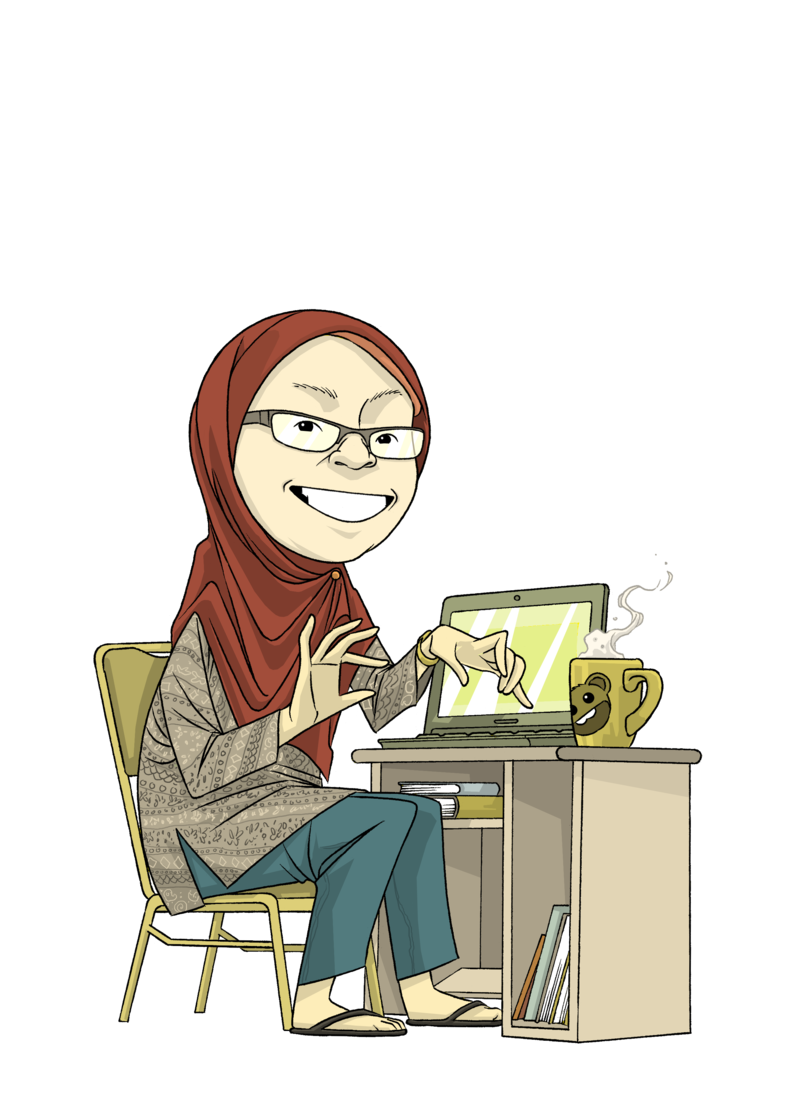
Maharani Aulia, commonly called by her nickname Lia. She has written dozens of stories and translated over a hundred titles from English to Indonesian. Her works are spread in local and national media, and published as books in several national publishers. She writes for the StoryWeaver blog about her writing journey. (Caricature of Maharani Aulia by Diyan Bijac.)
I have been writing since I was a kid. My first very-short story was published in a local newspaper, Surabaya Post, when I was 11. This encouraged me to continue my writing, although I couldn’t write much because I was still in junior high school. I wrote only 2 stories at that time, published in local children’s magazine, Mentari (Mentari means the sun in English). I love to read since childhood because my parents gave me many books. While in high school and college, I just wrote for my school magazine and journal for our own circle.
I started writing as a professional writer in 2005, with my first children's book published by a national publisher (Mizan), entitled Makan Sepuasnya. (Eat As Much; on the contrary, I wrote this story to inspire my readers to share our food with the poor.)
In fact, my parents did not really support me to become a writer. Perhaps they thought as a writer, I could not be rich. My educational background is animal health (part of veterinary medicine), but I keep writing for children because this is what I love since I was a kid. I write for early readers and older ones, and recently wrote about a child in a kindergarten who can not read yet, but he can draw. I’m still learning to write good children stories.
I recently wrote two biographies, in Genius Kids series, at the publisher’s request. Writing biographies gave me a new experience, but I prefer to write stories and non-fiction articles on topics I choose. I have published six articles in national papers (Kompas, children section) about how to learn effectively, how to care about our senses, about plastics and its negative impacts on environment, how to live healthy with animals, why we should wash our hands with soap, and introduction to cashless society. All these are for older readers (10-12 years old).
Bitten by the translation bug
I have a passive knowledge of English, and I’m still practicing speaking it fluently. Basically I like to learn about languages, and I have translated stories and articles on my own since I was in high school. About a decade later, a publisher offered me to translate storybooks from English into Indonesian, and I was so excited. I have translated over a hundred books, some of them are teenage books. Reading so many stories on StoryWeaver give me much information and entertainment. I like to translate Indian stories written in English into my language, and I like to share my translations with my friends and colleagues. They like StoryWeaver’s stories, too. Some of them have contributed their original stories to the web.
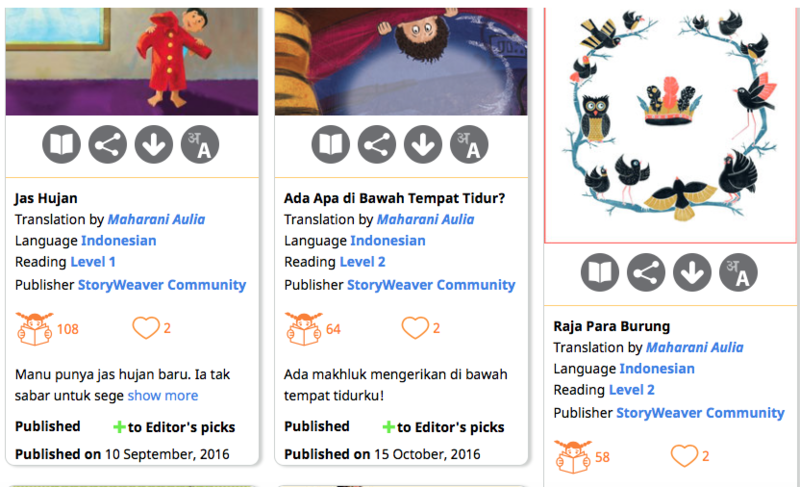
My friends have a free download e-book website, called SeruSetiapSaat (it means Fun Anytime in English). I am now waiting for my first picture book to be published on it, and after being illustrated, I plan to link it to StoryWeaver. Of course, I will translate it into English to be read by everyone:).
Maharani Aulia has translated 25 stories to Indonesian on StoryWeaver. You can read them here.
comments (3)